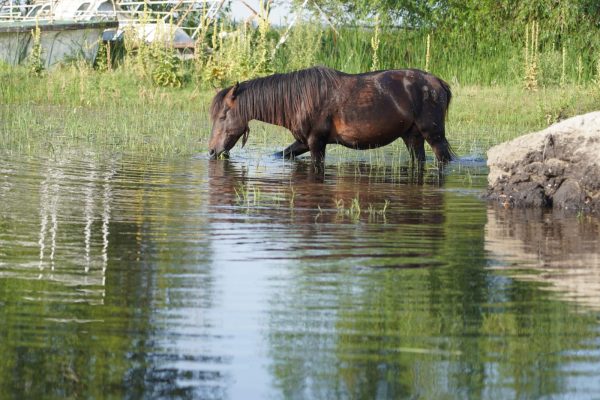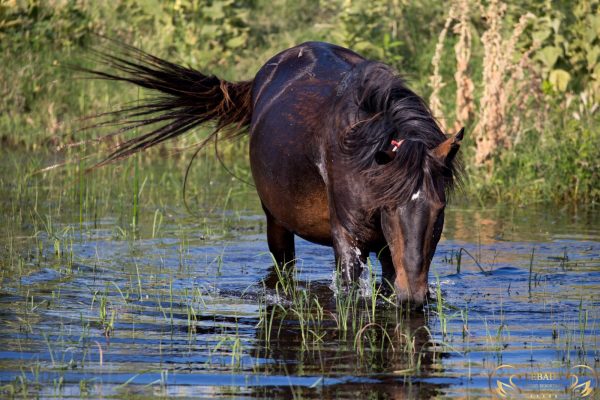Wild Horses of Letea Forest
Letea Forest
Letea Forest starts from the north of Letea village, a small and isolated village with only 400 inhabitants, located 23 km northwest of the city of Sulina. The exotic landscapes of the virgin Letea Forest are revealed under the shade of massive and ancient oaks (several hundred years old), white lindens, lowland ashes, and white poplars – spread out in forest sections called ‘hasmacs’ (depressions formed in the spaces between sand dunes). Among the Greek vines (Periploca graeca), over 25 meters long, Letea Forest also abounds in other climbing plants such as: forest vine, wild grapevine, and hops.
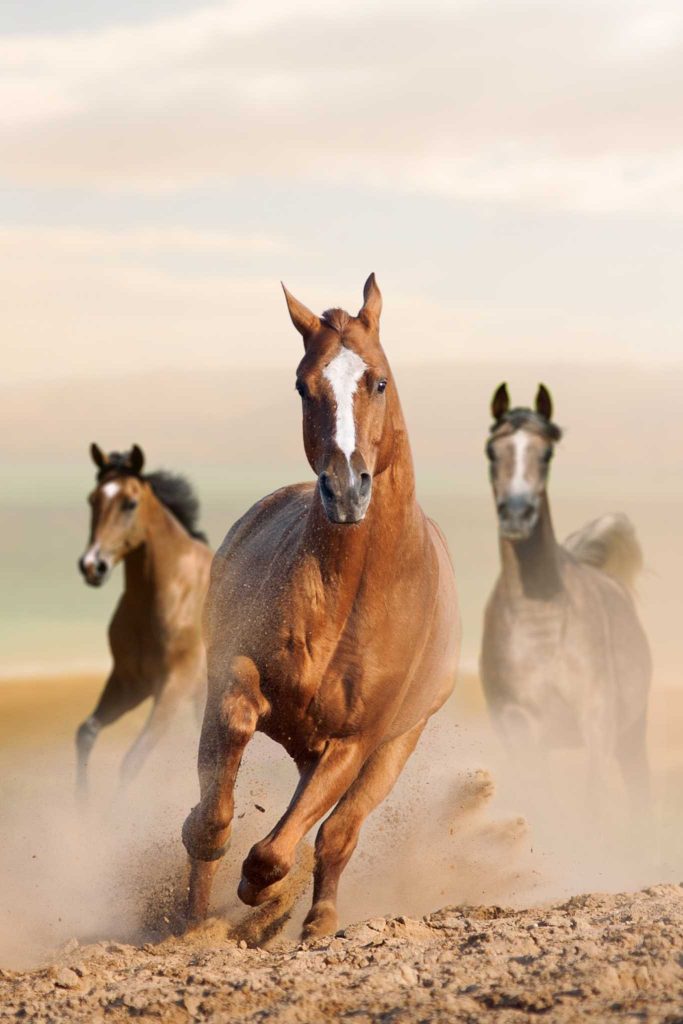
Natural Reserve
Letea Forest is a unique natural monument in Europe and the oldest strict nature reserve in our country, representative of the splendor and biodiversity of the Danube Delta. Spanning approximately 5247 hectares, Letea Forest is located in the territory of C.A. Rosetti commune, in Tulcea County. Since 1930, about half of the areas of Letea Forest have been protected as strictly protected zones, and since 1938 – 500 hectares of the area known as ‘Hasmacul Mare’ have been a natural reserve. Fabulous and lush, Letea Forest is the northernmost subtropical forest in Europe.
Photography Enthusiats
Nature photography enthusiasts are particularly drawn to Letea Forest for its natural value in conserving over 3500 species of plants and animals, some of them very rare. This magical place is home to: the famous wild horses, the white-tailed eagle (Haliaeetus albicilla), whose wingspan reaches up to 2.5 meters, the sand viper (Vipera ursinii), over 2000 species of insects, and a variety of bird species, including black storks, ravens, eagle owls, spotted woodpeckers, as well as species of falcons and herons, nightingales, spoonbills, kingfishers, glossy ibises, the reed harrier or the fisherman’s cormorant.
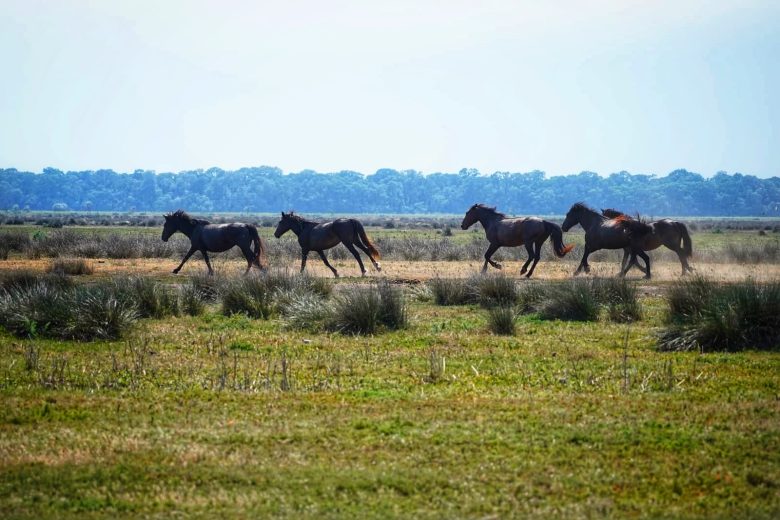
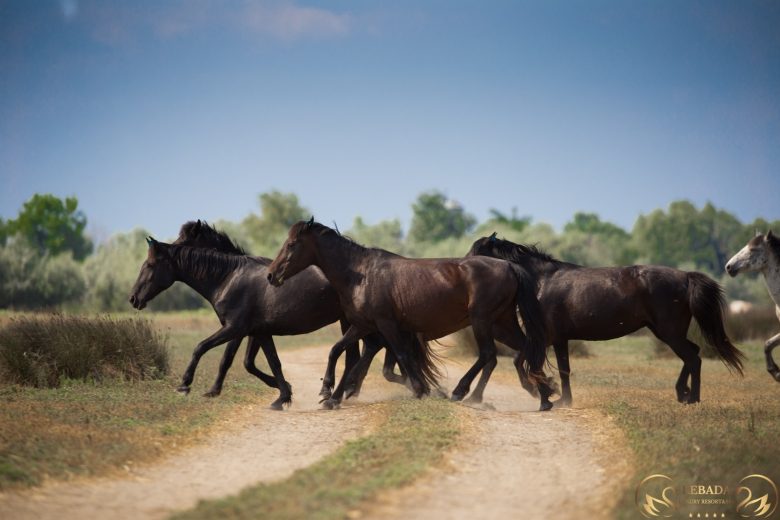
Wild Horses of Letea Fores
Approximately 2,500 wild horses live in Letea Forest, spending their time in a protected area of 2,800 hectares. The wild horses of Letea Forest do not have access to the nature reserve area, which is kept separate by barbed wire fences to delineate it. The reason stems from the fact that the wildlife behavior of the free-roaming horses affects the protected area of Letea Forest because, in the absence of grass or leaves, they have adapted to feed on tree bark or their shoots.
The best time to visit Letea Forest is at the end of May and the beginning of June, to see nature in its splendor and the bird hatchlings, as well as to enjoy the most favorable temperatures, in the absence of mosquitoes.
Currently, the wild horses of Letea Forest are monitored by local and national veterinary authorities, with the support of the Vier Pfoten Animal Protection Association, which also provides them with fodder to help them survive.
Did you know?
- 2500 Wild Horses in the Danube Delta
- 2800 hectares of protected area
- Best time to visit: End of May - Beginning of June
